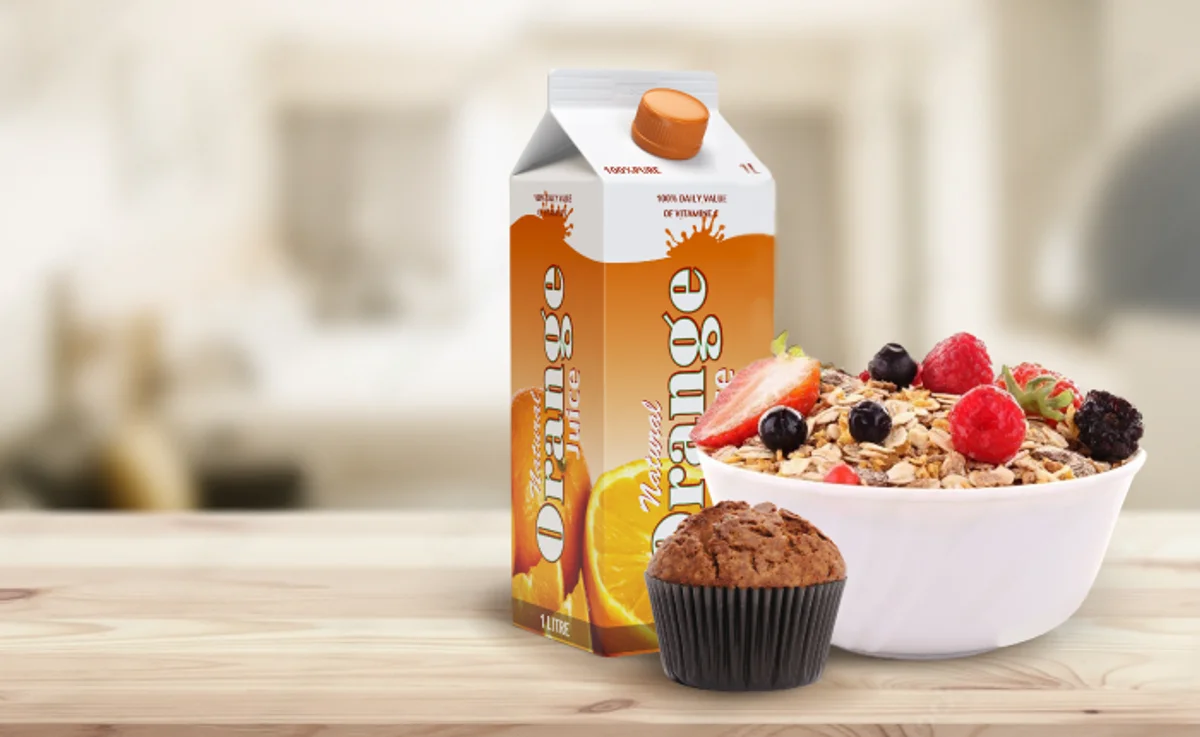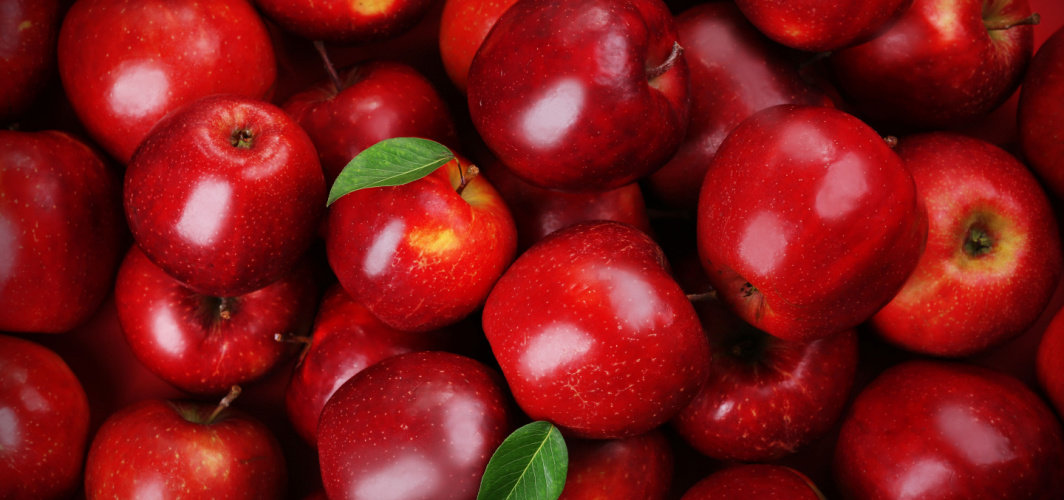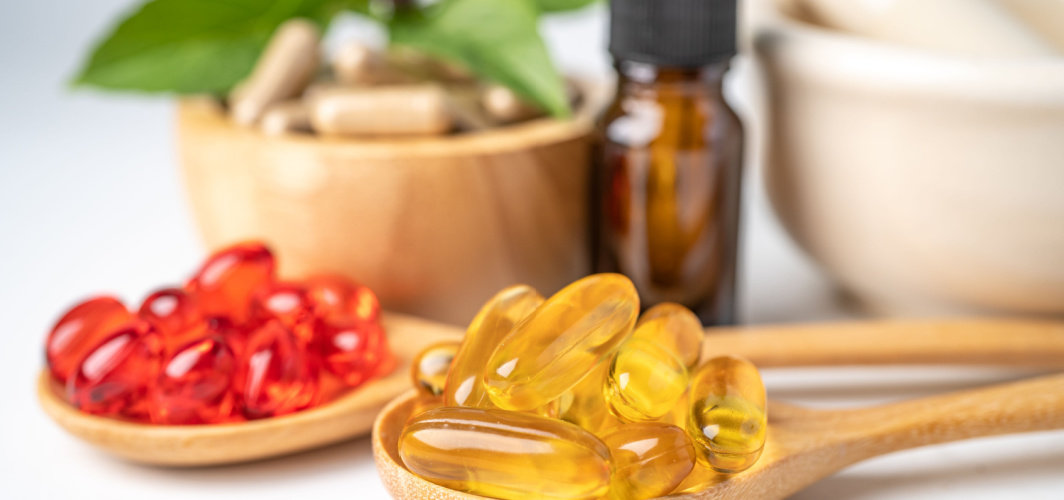- Home
- Blog
- Health & Nutrition
Truth of hidden sugars | Diabetes
Health & Nutrition
Truth of hidden sugars | Diabetes
By - 26 December 2022, Updated on -03 January 2023
Share this article
0
0 like

Have you ever heard of hidden sugars? We are familiar with the white sugar which is a key ingredient in all the mouth-watering treats. However, hidden sugar differs from plain sugar. Hidden sugars are carbohydrates with a high glycemic index. That is, these carbohydrates are more sugary in nature. There are lots of day-to-day ingredients with hidden sugars. For example, savory foods such as pasta, salad dressing, and low-fat snacks are all packed with hidden sugars. The amount of sugar present in these savory foods can shatter the myth that only sweet foods pose a risk to diabetic patients.
Sugar that is consumed is generally converted into glucose. This glucose is a known source of energy due to which the human body runs or functions. This glucose can be obtained from fruit and from starchy foods, such as grains, beans, and potatoes, and your body can also produce it when needed. However, when there is an unhinged consumption of foods high in these hidden sugars, it leads to weight gain and various chronic conditions affecting health.
Added sugar is added to various food items to enhance taste. It makes the food tempting but note that it can be harmful for you health. Having foods with added sugars on a regular or daily basis can increase the risk of obesity, heart disease, diabetes and non-alcoholic fatty liver disease (NAFLD) as well as cognitive decline and even some cancers.
How does sugar contribute to the risk of Type 2 diabetes and its complications?
A high-sugar diet is associated with an increased incidence of type 2 diabetes as it leads to obesity which is one of the main risk factors for type 2 diabetes. For people with diabetes, refined sugar may be even more toxic.
A high amount of added sugar has the tendency to increase blood pressure and can cause chronic inflammation. Both these factors can contribute to an increased risk of heart disease. Increased consumption of sugar, especially via sugary beverages, also contributes to weight gain. The process of weight gain happens by manipulating your body to turn off its appetite-control system which increases cravings for more calorie-dense foods that are rich in sugar.
How to identify hidden sugar in your diet/food items?
The simple way to identify hidden sugar in food items is by looking at the ingredients list. Here are a few tips to look for in the ingredient list:
- Syrup (corn syrup, rice syrup)
- Ingredient name that ends with the word “ose” (fructose, sucrose, maltose, dextrose)
- “Sugar” specified as raw sugar, cane sugar, brown sugar, confectionary sugar
- Other examples of added sugar include fruit nectars, concentrates of juices, honey, agave and molasses.
Which are the commonly consumed food items with hidden sugars?
Here is a list of a few food items with hidden sugar:
- Sugar-sweetened beverages: They contribute to extra calories resulting in weight gain without providing any nutritional benefits. They also cause type 2 diabetes, heart disease, and other chronic conditions.
The average ~600 ml bottle of soda, lemonade, or iced tea contains about 65 grams of added sugar, often from high-fructose corn syrup. That’s the equivalent of 16 teaspoons of table sugar. If you were to drink just one 350 ml can of a soft drink every day can result in ~7 kg of weight gain over three years of span.
- Cakes, muffins, scones and biscuits
- Sports, energy and vitamin drinks
- Fruit and vegetable juices
- Ice cream, desserts and lollies
- Tomato ketchup and sauces, such as pasta sauce and stir-fry sauces
- Some breakfast cereals and muesli bars
- Dried fruit
- Certain low-fat foods, such as yoghurt
- Salad dressings, pickles and chutneys
How much sugar is safe for you?
- American Heart Association recommends limiting added sugar consumption to 25 grams (about six teaspoons) per day for women and 36 grams (nine teaspoons) per day for men.
- According to WHO reducing sugar intake to less than 5% of total energy intake (6 teaspoons or 25g) would provide even more health benefits.
What can you do to reduce added sugar intake in the diet?
- Choose plain yogurt with no added sugar
- Choose cereals with 5% or less of added sugars
- Replace soda drinks with water, herbal tea, coffee and other beverages with no added sugar. Add a slice of orange, lemon, lime, or cucumber for a subtle flavor boost.
- When a sweets craving hits eat unsweetened dried fruit; fresh fruit
- Try cooking some new healthy, recipes at home, instead of eating packaged foods
- Check nutrition labels to help you pick the foods with less added sugar, or go for the low-sugar version.
Services
Health & Nutrition
Leave Comment
Services
Recommended for you

Health & Nutrition
How Many Calories Does An Apple Have? Know The Nutrients & Benefits
Apples are low in calories and rich in fibre, thus promoting healthy digestion and stable blood sugar levels. They also come packed with antioxidants that protect against cellular damage and may reduce the risk of chronic diseases. This article explores how many calories an apple has alongside the benefits and drawbacks of consuming this fruit.

Health & Nutrition
How to Boost Your Immune System and Stay Healthy
It is necessary to support and boost immunity as it is the first line of defense to protect and help lower the impact of various new infections and pathogens.

Health & Nutrition
6 Benefits of Omega-3: Know When To Take Supplements
Omega-3 capsules are a convenient and reliable source of essential omega-3 fatty acids. These fats support heart health, brain function, joint health, eye health, pregnancy, skin health, and overall well-being. While omega-3 can be obtained from food, capsules provide a simple solution for those who find it challenging to incorporate it into their diet.
Subscribe
Sign up for our free Health Library Daily Newsletter
Get doctor-approved health tips, news, and more.

